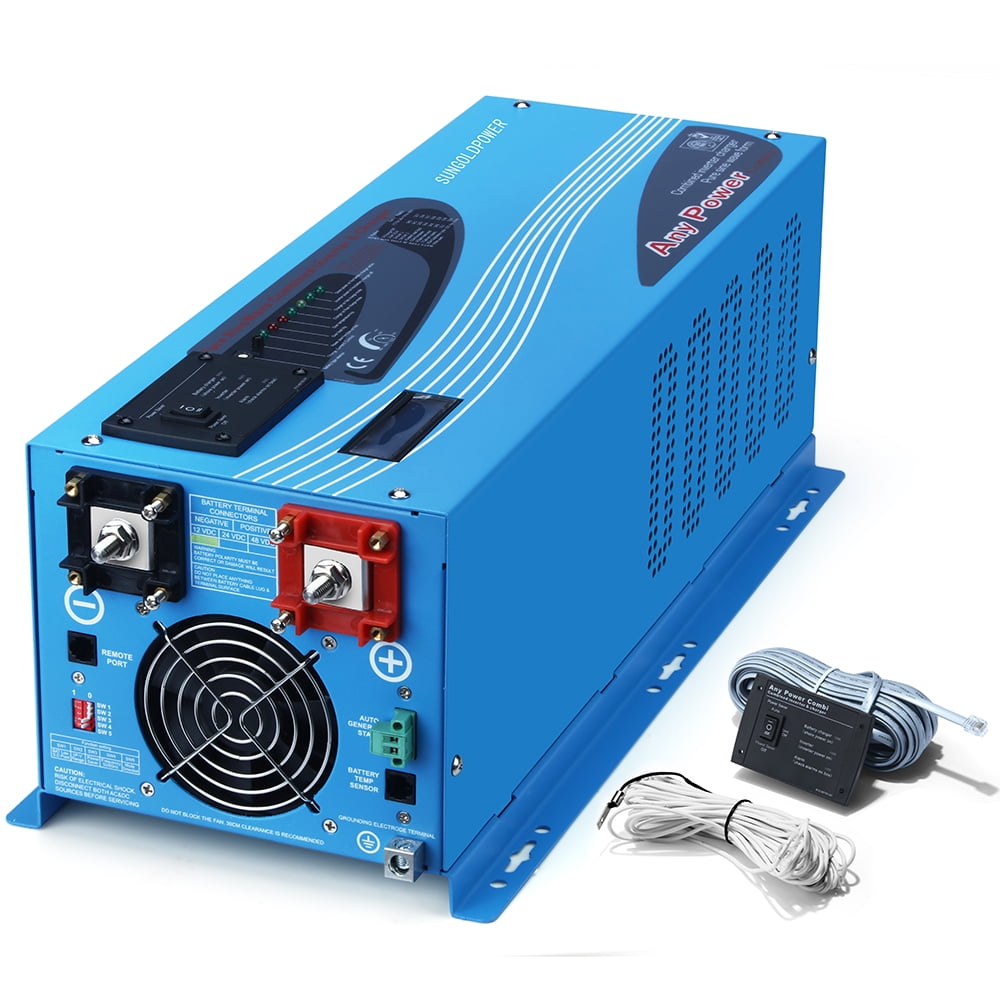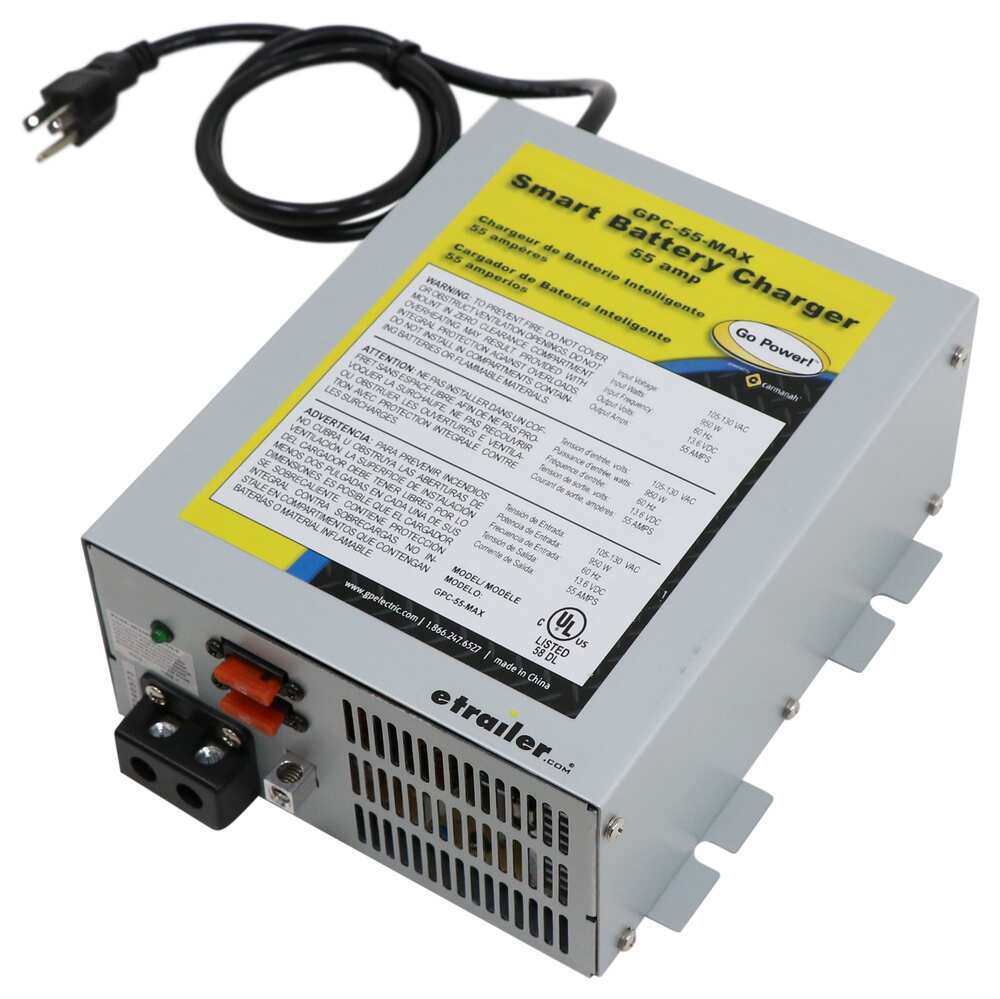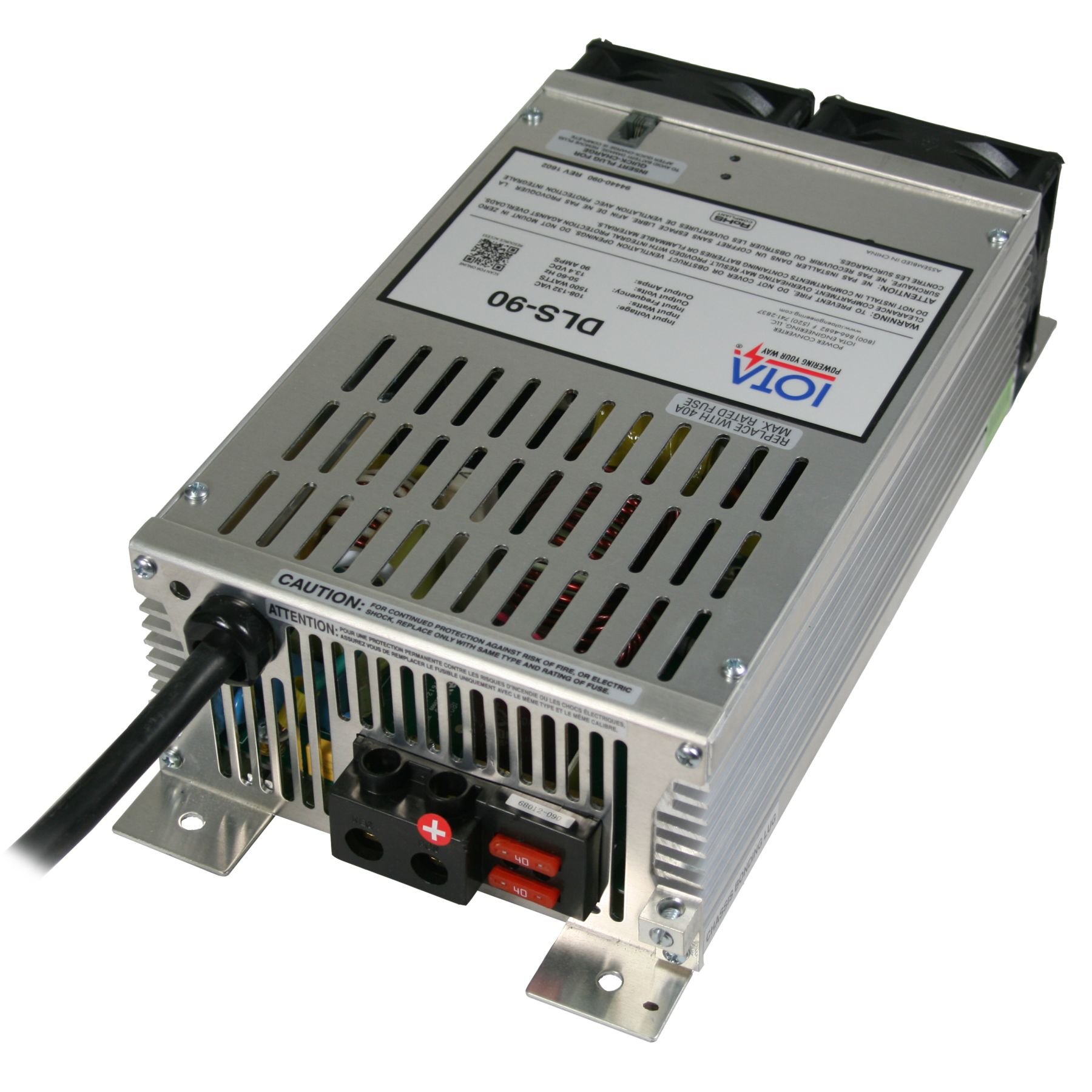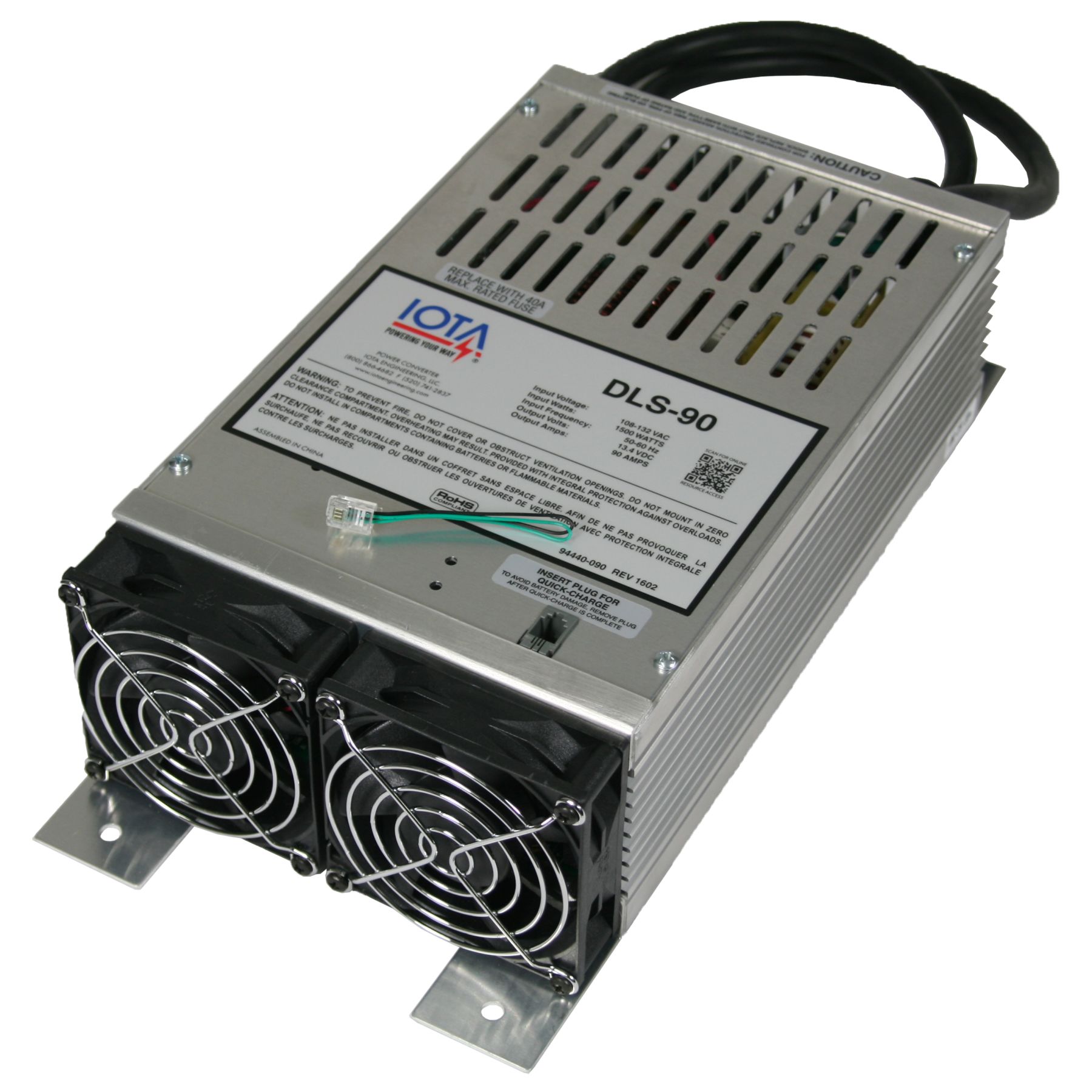

Consequently, the size of the magnetic component can be greatly reduced. Higher switching speed means less energy to store during one switching cycle. With WBG devices, magnetics benefit the most from the high switching frequency. On this avenue, the emerging wide bandgap (WBG) material based power semiconductor devices are envisioned as the game changer: they can help increase the switching frequency by a factor of ten compared with their silicon counterparts while keeping the same efficiency, resulting in a small size, lightweight yet high efficiency power converter. As they almost reach their theatrical limit, the progress to purse the high-efficiency, high-density and high-reliability power conversion also slows down. Silicon based power semiconductor devices have been dominating the market over the past several decades and achieved numerous outstanding performances.
#Power converter with battery charger full
The power source of PEVs is a high voltage DC rechargeable battery that can be restored to full charge by plugging to an external electrical source, during which the battery charger plays an essential role by converting the grid AC voltage to the required battery DC voltage. Plug-in electric vehicles (PEVs) are drawing more and more attention due to the advantages of energy saving, low CO₂ emission and cost effective in the long run. Due to the interleaving between each phase, further integration is achieved and the transformer size is further reduced. In addition, the integrated PCB winding transformer in single phase is also extended to the three phase.

By using the three-phase interleaved CLLC resonant converter, the charging power is pushed to 12.5 kW. In order to charge the battery faster, the single-phase on-board charger concept is extended to a higher power level. By utilizing the two transformer cells, the common mode current is cancelled within the transformers and the total system common mode noise can be suppressed. A symmetrical resonant converter structure as well as a symmetrical transformer structure is proposed. A transformer loss model based on finite element analysis is built and used to optimize the transformer loss and volume to get the best performance under high frequency operation.ĭue to the larger inter-winding capacitor of PCB winding transformer, common mode noise becomes a severe issue. In addition, the resonant inductors are integrated into the PCB transformer so that the total number of magnetic components is reduced. The manufacture process is greatly simplified and the parasitic is much easier to control. Compared with conventional litz-wire based transformer. The much higher operating frequency of wide bandgap devices also provides us the opportunity to use PCB winding based magnetics due to the reduced voltage-second. In addition, a two-stage combined control strategy is adopted to eliminate the double line frequency ripple generated by the AC/DC stage. 1.2 kV SiC devices are adopted for the AC/DC stage and the primary side of DC/DC stage while 650 V GaN devices are used for the secondary side of the DC/DC stage. Instead of using the conventional fixed 400 V DC-link voltage, a variable DC-link voltage concept is proposed to improve the efficiency within the entire battery voltage range. A bi-directional CLLC resonant converter operating at 500 kHz is chosen for the second stage. The first stage, employing an interleaved bridgeless totem-pole AC/DC in critical conduction mode (CRM) to realize zero voltage switching (ZVS), is operated at over 300 kHz. Using wide bandgap devices, a novel two-stage on-board charger system architecture is proposed at first.


The emerging wide bandgap (WBG) material based power semiconductor devices are considered as game changing devices which can exceed the limit of Si and be used to pursue groundbreaking high frequency, high efficiency, and high power density power conversion. Since the state-of-the-art Level 2 on-board charger products are largely silicon (Si)-based, they operate at less than 100 kHz switching frequency, resulting in a low power density at 3-12 W/in3, as well as an efficiency no more than 92 - 94%Īdvanced power semiconductor devices have consistently proven to be a major force in pushing the progressive development of power conversion technology. However, the commercialization of the PEV is impeded by the demands of a lightweight, compact, yet efficient on-board charger system. PEVs have a rechargeable battery that can be restored to full charge by plugging to an external electrical source. Due to the concerns regarding increasing fuel cost and air pollution, plug-in electric vehicles (PEVs) are drawing more and more attention.


 0 kommentar(er)
0 kommentar(er)
